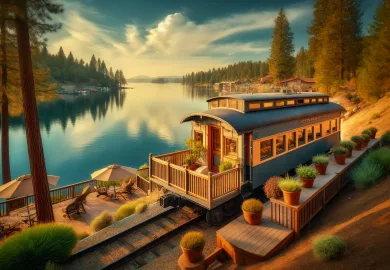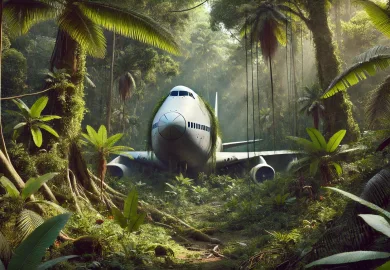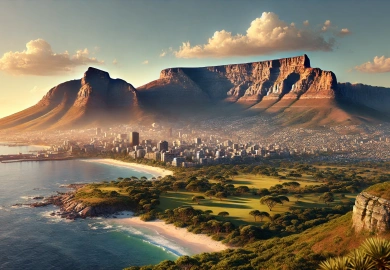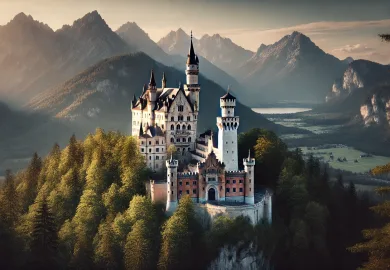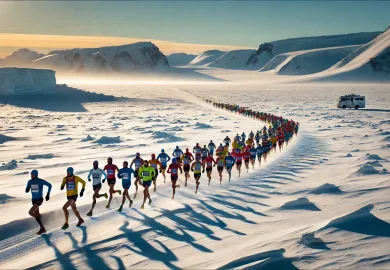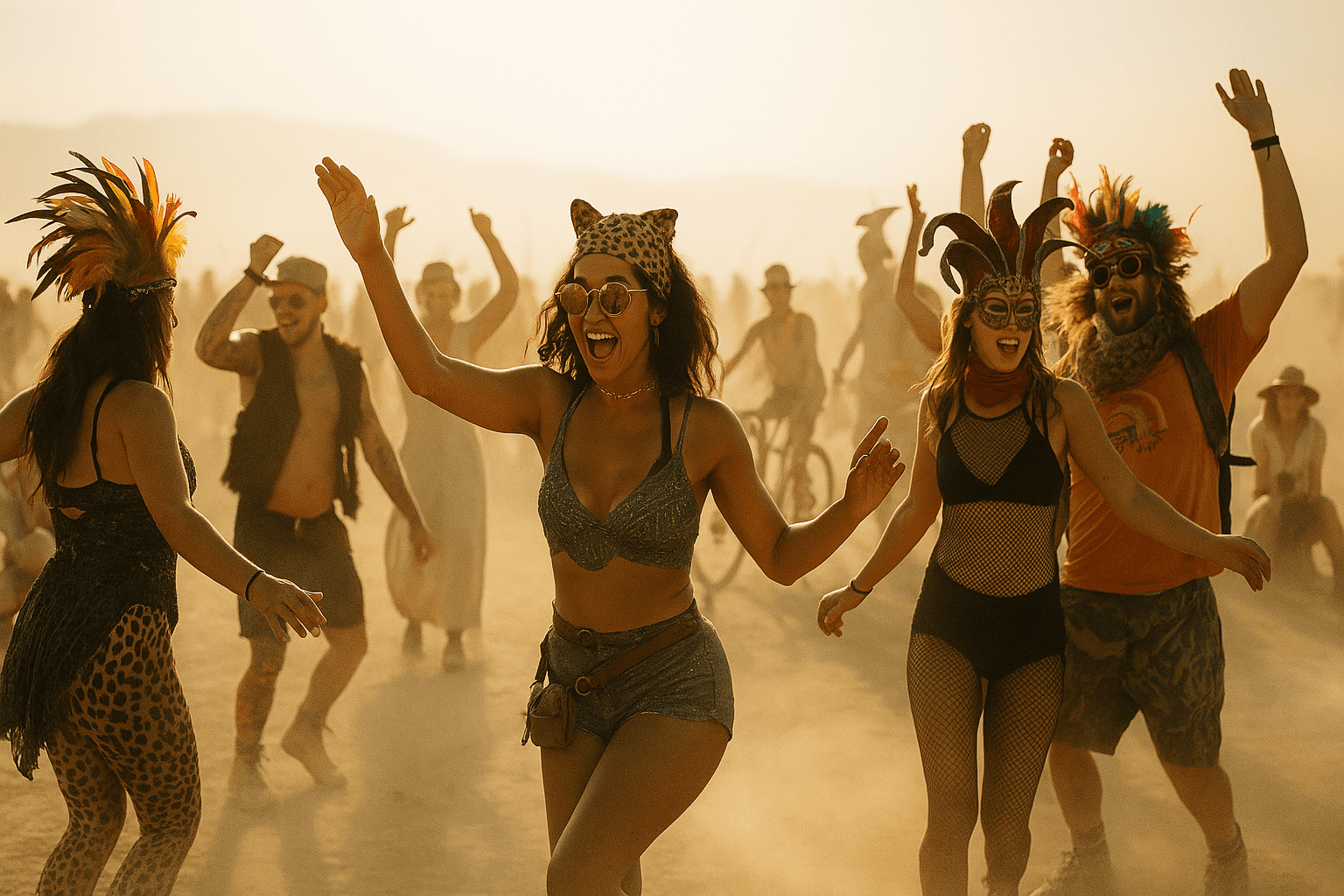
AfrikaBurn is not merely an event; it is a transformational cultural phenomenon nestled deep within the Tankwa Karoo Desert of South Africa. Inspired by the famed Burning Man in Nevada, AfrikaBurn is an annual gathering celebrating art, music, creativity, and radical self-expression. Since its inception, thousands of adventurers, artists, and dreamers have congregated in the remote vastness of Tankwa to share an extraordinary experience. Imagine a desert city constructed from dreams, temporarily rising from the dust, shimmering with creativity, only to disappear without a trace a week later—this is AfrikaBurn.
Discover the Magic: What is AfrikaBurn?
At the heart of AfrikaBurn lies an ethos of radical self-expression and community participation. This is no ordinary festival; it’s an immersive event that dissolves barriers between spectators and performers. There are no corporate sponsorships or commerce—just individuals freely contributing art, workshops, performances, and installations. Creativity unfolds spontaneously, inspiring all who attend to explore their innermost imagination and self-expression.

The Tankwa Karoo transforms into a temporary metropolis, known as Tankwa Town. Participants, often called “burners,” create mesmerizing installations ranging from towering sculptures to interactive artistic experiments. The highlight of the event is the burning of giant effigies and installations, symbolizing renewal and impermanence. The fire rituals, held nightly, create surreal, breathtaking displays of flames illuminating the desert skies, bonding the community in an unforgettable shared experience.
One core principle that shapes AfrikaBurn is the commitment to leave no trace. Participants adhere strictly to the principle of environmental consciousness, ensuring the desert is returned to its natural state. The absence of vendors and commercial activities means burners must bring all necessities and take away everything when they leave, promoting responsibility and sustainability.
Preparing for Your AfrikaBurn Adventure
Planning your journey to AfrikaBurn requires careful preparation due to the remote and harsh environment of the Tankwa Karoo Desert. Being self-sufficient is crucial. Essentials such as water, food, shelter, and clothing to withstand both scorching daytime temperatures and chilling desert nights are a must. Creativity and practicality go hand-in-hand, as burners are encouraged to contribute uniquely and meaningfully to the communal experience.
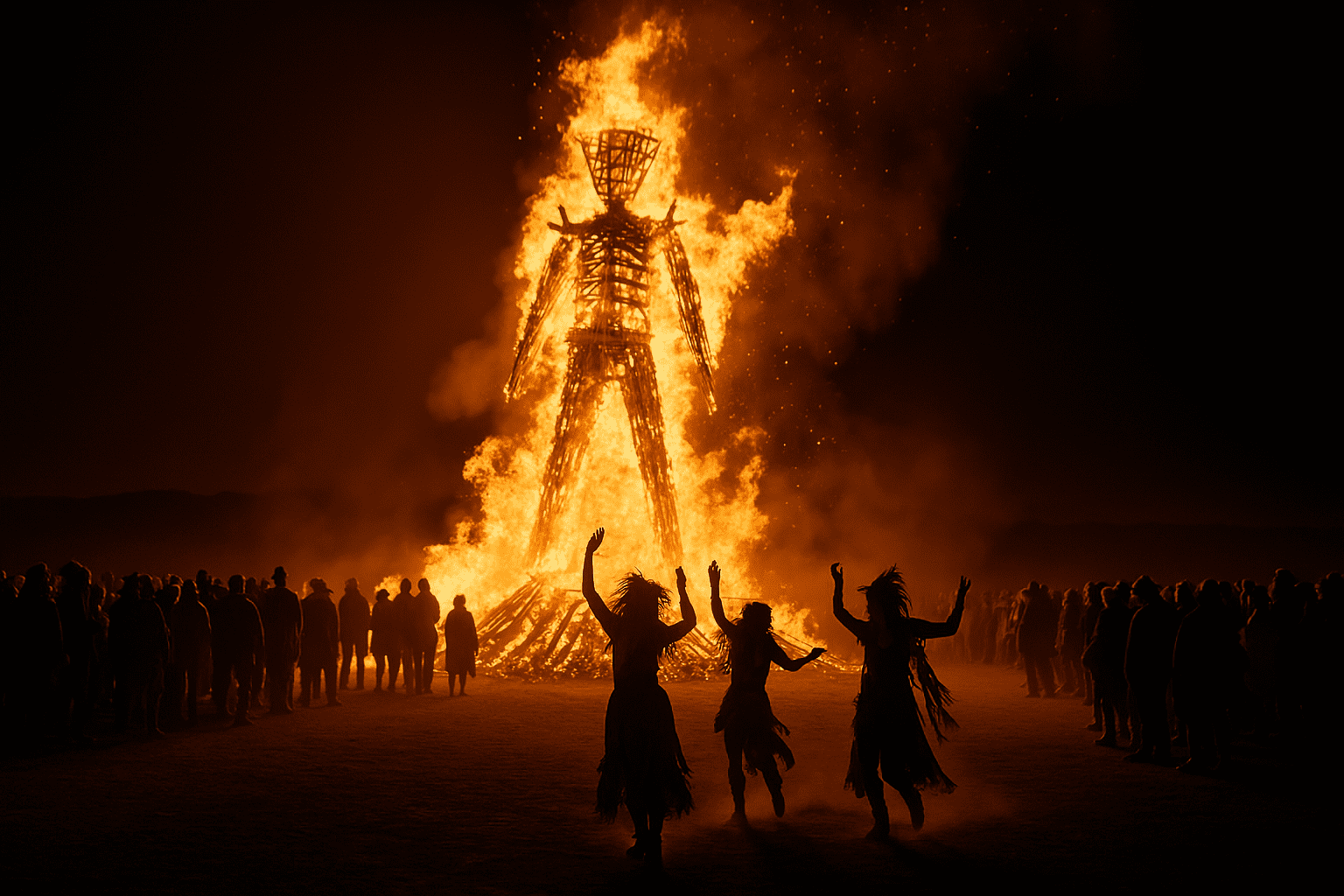
Transportation to AfrikaBurn can be challenging, as it takes place in one of South Africa’s most isolated regions. Many participants form travel groups, arranging caravans or renting 4×4 vehicles. Ensuring your vehicle is adequately equipped to handle desert conditions is essential, as the last stretch to Tankwa Town consists of rough terrain and gravel roads. Regular attendees often offer valuable tips to newcomers, fostering a supportive community spirit.
Tickets for AfrikaBurn sell quickly, reflecting its growing popularity. Securing your ticket early is vital, and joining online burner communities or forums can greatly assist in staying informed about ticket sales, theme camps, and collaborative projects. Participating in these online communities also helps build connections, enabling attendees to contribute meaningfully and confidently upon arrival.
The Unique Art and Culture of AfrikaBurn
Art at AfrikaBurn is not merely observed; it’s experienced, touched, and lived. Artists from around the globe collaborate on impressive art installations, many reaching monumental scales. These captivating sculptures and interactive artworks define the character of Tankwa Town, giving the temporary city its ethereal atmosphere. Nighttime transforms the desert into an otherworldly spectacle as glowing sculptures, fire performances, and light shows captivate participants.
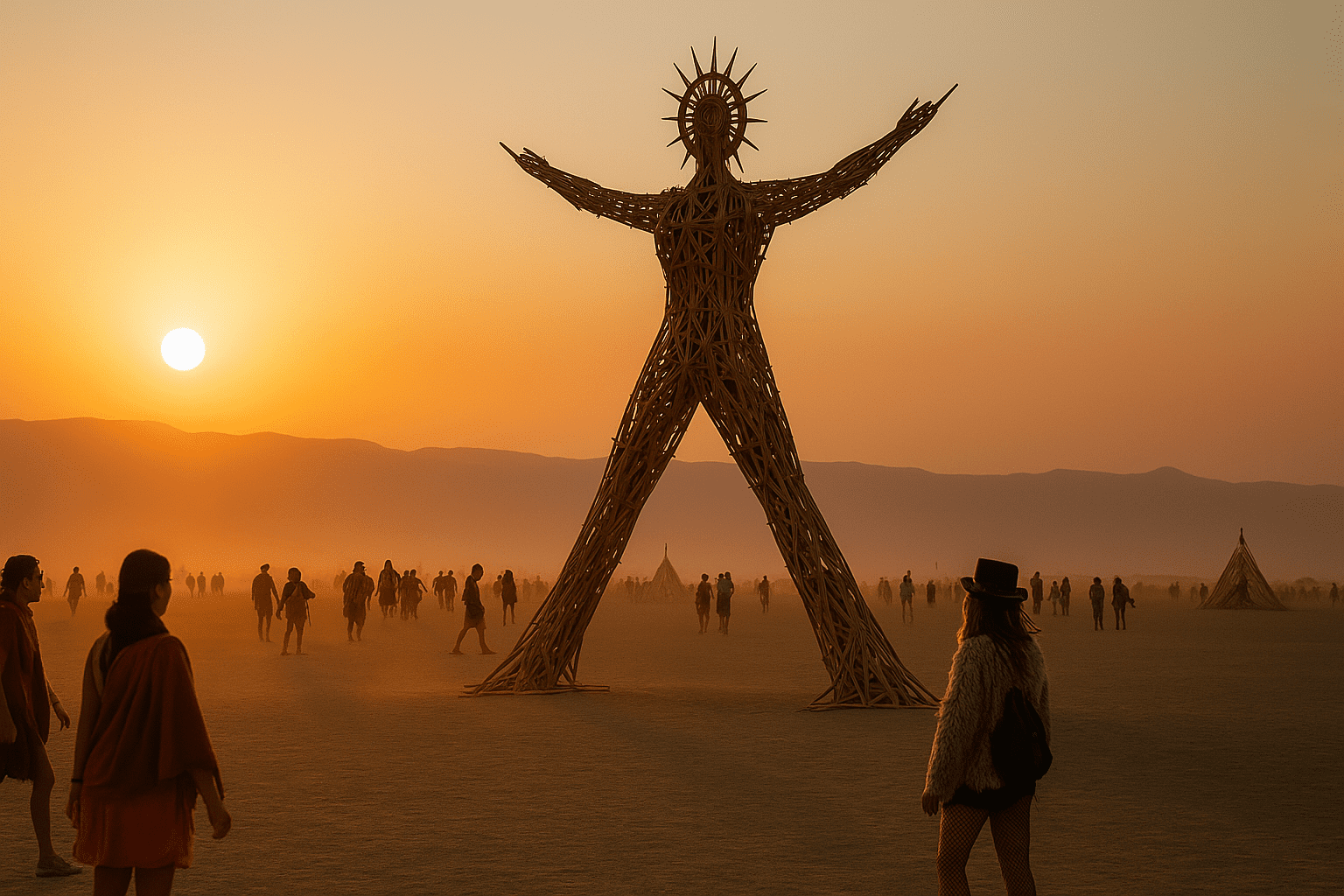
The culture at AfrikaBurn emphasizes radical inclusion, communal effort, and gifting. Participants freely offer food, music, or skills without expecting anything in return. Theme camps foster social interactions and cultural exchanges, creating micro-communities within the broader event. Whether you’re joining a yoga class at sunrise, dancing beneath starlit skies, or sharing stories around a campfire, every interaction deepens your connection with fellow burners.
Music and performance are integral to the AfrikaBurn experience, ranging from electronic dance floors pulsating beneath the stars to intimate acoustic gatherings. Performers and musicians are encouraged to explore their creativity freely, resulting in eclectic and diverse cultural expressions. The open-minded, inclusive environment allows individuals to express themselves authentically, creating lifelong memories and friendships.
Environmental Responsibility and the Tankwa Karoo Desert
AfrikaBurn’s deep respect for the environment shapes the entire event. Organizers and participants commit strongly to principles of sustainability and minimal environmental impact. “Leave No Trace” policies are rigorously enforced; everything brought to Tankwa Town must be removed afterward. Participants diligently pack out all waste, ensuring the desert remains pristine after the event concludes.

The location in the Tankwa Karoo Desert emphasizes the importance of environmental stewardship. The fragile ecosystem demands that burners follow strict guidelines, minimizing impacts on local flora and fauna. Educational workshops and resources are provided to attendees, promoting greater awareness of environmental issues and responsible desert camping practices.
By placing sustainability at its core, AfrikaBurn sets an example for global cultural festivals. The dedication to ecological consciousness and respect for natural habitats demonstrates how human creativity can coexist harmoniously with nature. Many burners leave AfrikaBurn deeply transformed, carrying newfound respect for environmental sustainability into their daily lives and communities worldwide.
AfrikaBurn is more than an event; it’s a life-changing journey into self-expression, community, art, and sustainability. Set against the majestic yet harsh landscape of the Tankwa Karoo Desert, it offers a unique blend of cultural immersion, personal growth, and unforgettable adventure. If you’re ready to discover a magical experience where creativity and nature merge spectacularly, AfrikaBurn awaits.

